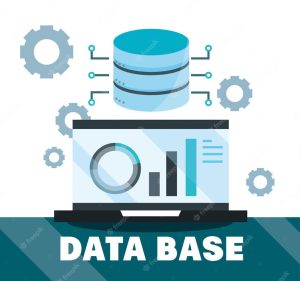What is Data Roaming?
Imagine this scenario: you’re traveling abroad, eager to share your adventures with friends and family. You pull out your smartphone to post pictures on social media, but to your dismay, you realize your data isn’t working. You may have encountered the concept of data roaming, but what exactly is it?
Data roaming refers to the ability to access the internet and use mobile data on your phone when you’re outside your home network coverage area. It allows you to stay connected to the internet and use various online services while you’re traveling or temporarily outside your usual service provider’s coverage zone.
How Does Data Roaming Work?
Data roaming works through agreements between different mobile service providers. When you travel to a location where your primary service provider doesn’t have coverage, your phone can connect to partner networks in that area. These partner networks are usually other mobile carriers that have a roaming agreement with your home provider.
When you use data while connected to a partner network, the data is routed through your home provider’s infrastructure to the partner network and then back to your device. This process allows you to access the internet and use data services, but it also comes with additional costs and considerations.

The Pros and Cons of Data Roaming
Data roaming can be a convenient way to stay connected, but it’s essential to weigh the pros and cons before using it.
Pros:
- Staying Connected: Data roaming ensures you remain connected to the internet, enabling you to access maps, emails, and travel apps while on the go.
- Emergency Situations: In case of emergencies, having access to data can be crucial for getting assistance and staying informed.
- Seamless Connectivity: Data roaming provides a seamless online experience without the need to find public Wi-Fi spots.
Cons:
- Cost: One of the significant downsides of data roaming is the potential cost. Roaming charges can be significantly higher than regular data usage, leading to expensive bills.
- Unintended Usage: Your phone might automatically connect to a roaming network, leading to accidental data usage and higher charges.
- Data Speed: Data speeds on roaming networks might not be as fast as your home network, affecting the quality of online activities.
Tips to Manage Data Roaming Effectively
To avoid unexpected bills and make the most of data roaming, follow these tips:
- Check with Your Provider: Before you travel, contact your service provider to understand their data roaming plans, charges, and any special offers they might have.
- Turn Off Data Roaming: To prevent unintended data usage, disable data roaming in your phone’s settings. Enable it only when needed.
- Connect to Wi-Fi: Whenever possible, connect to secure Wi-Fi networks to save on data usage. Many hotels, cafes, and public spaces offer free Wi-Fi.
- Use Offline Maps: Download maps of your travel destinations in advance to use them offline instead of relying on real-time navigation.
- Monitor Data Usage: Keep track of your data usage during your trip. Most smartphones have built-in tools to monitor data consumption.
- Consider Local SIM Cards: If you’re traveling extensively, purchasing a local SIM card might be a cost-effective solution for data usage.
Conclusion:
Understanding data roaming is essential for travelers to avoid unexpected expenses and stay connected while exploring the world. By knowing how data roaming works, its pros and cons, and implementing effective management strategies, you can make informed decisions about using data abroad. So, don’t roam in the dark; stay informed and enjoy a hassle-free mobile experience during your journeys.










